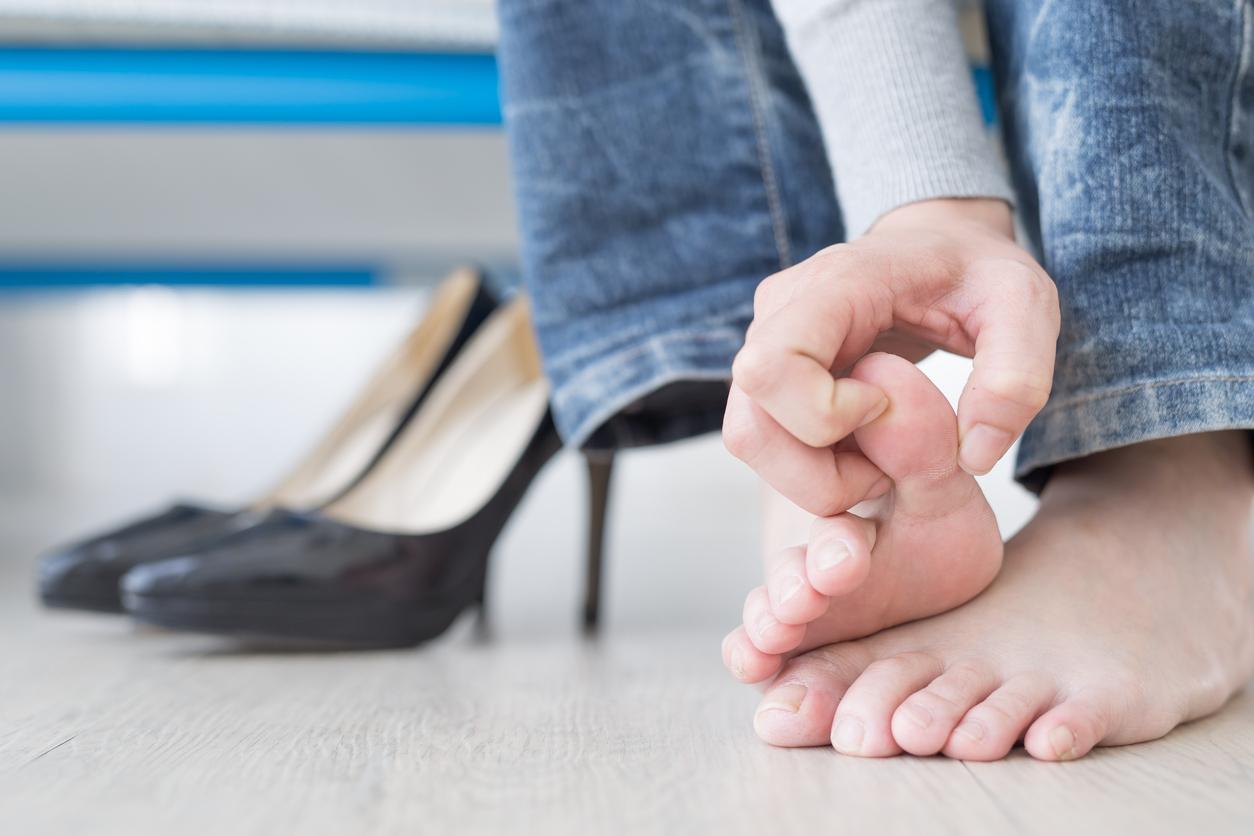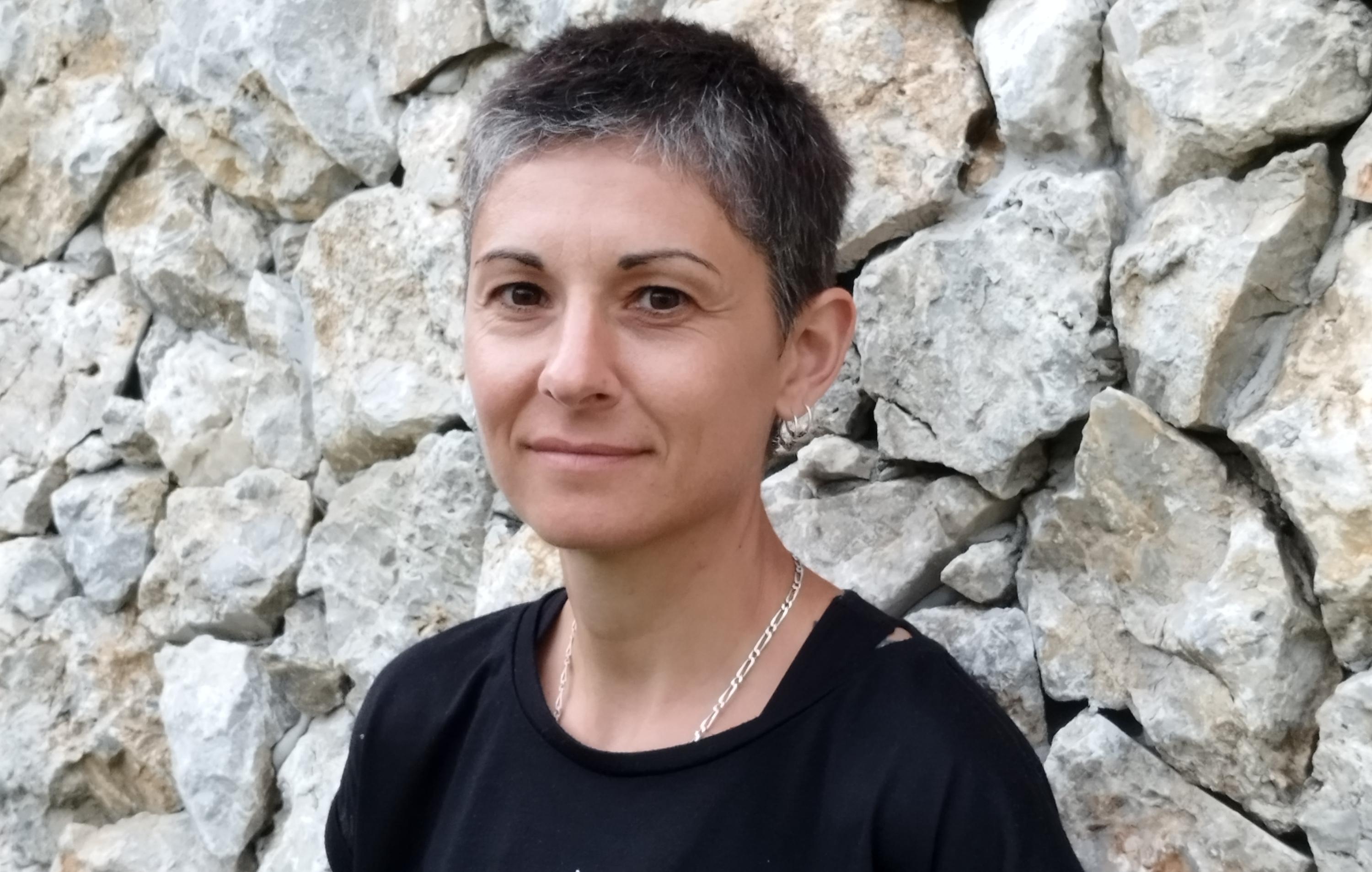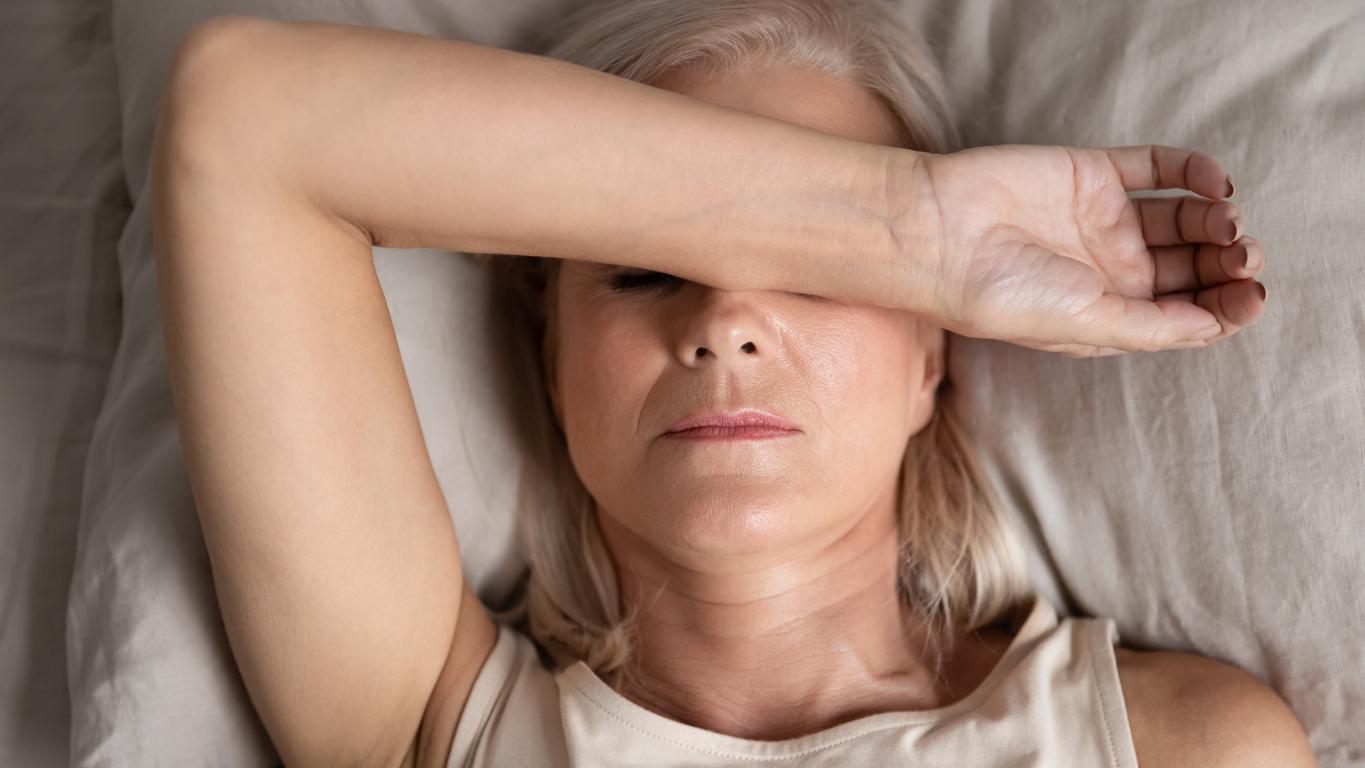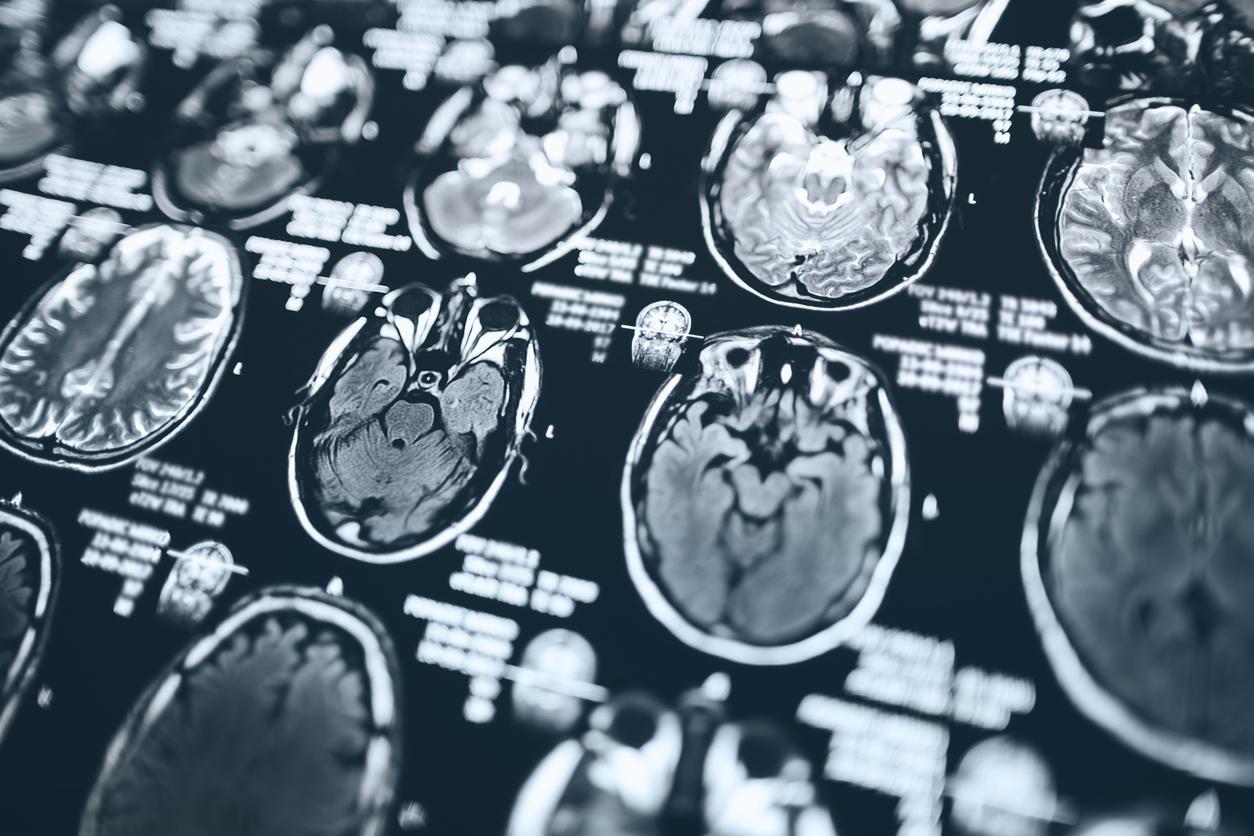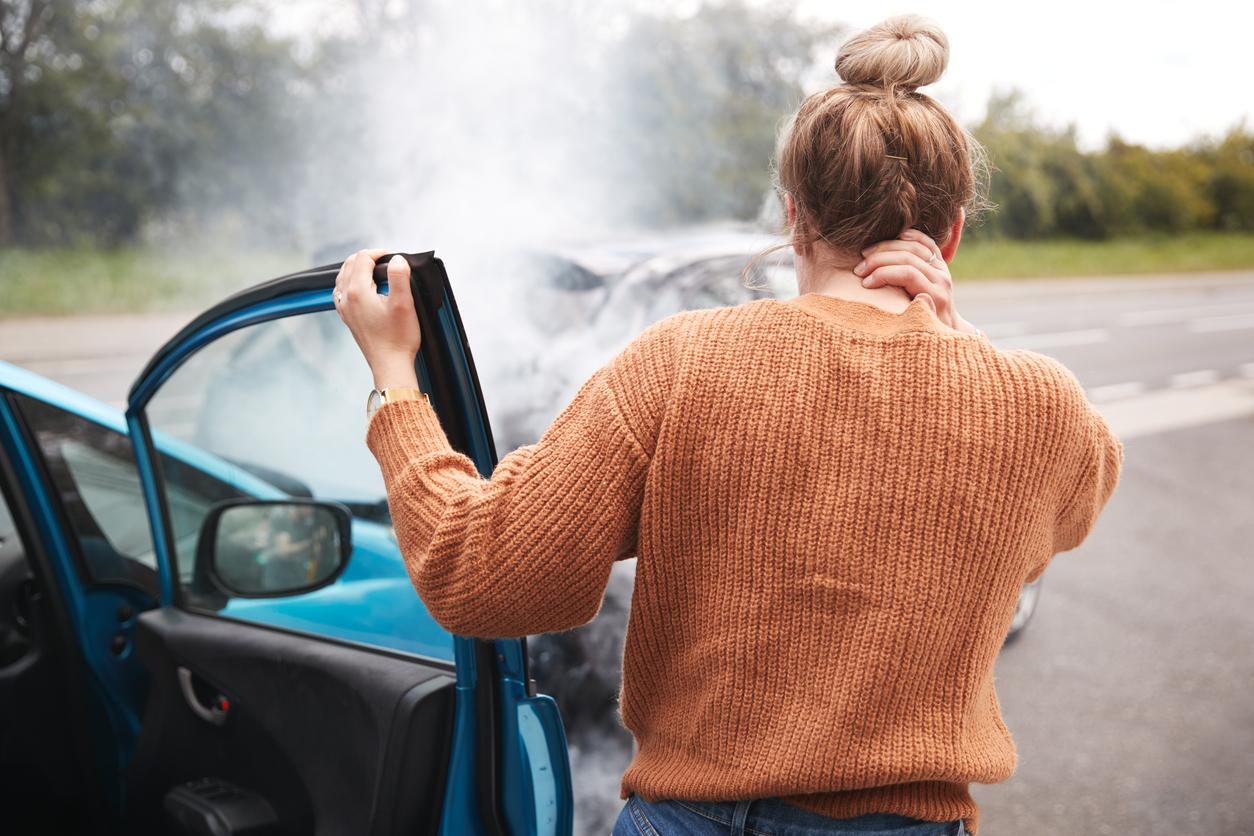Listening to your body during gentle and slow movements while improving your abilities to feel better, this is the principle of the Feldenkrais method. Nathalie Bonafé, Feldenkrais practitioner and dancer, explains how the latter can help free yourself from chronic pain.

“Close your eyes or leave them half-open. Gradually turn your head to the right and look far behind you.” These are the first indications given by Nathalie Bonafé, Feldenkrais practitioner and dancer, during a session of the Feldenkrais method at the Saint-Eloy Thermal Center in Amnéville as part of the “Living Better with Your Pain” program. This method was developed by Moshe Feldenkrais. “He was an engineer and physicist. After injuring his knee, he had difficulty moving. His only option was to have surgery, but he didn’t want to, because surgery offered only a 50% chance of improving his condition. So he refused to have the operation and began to take an interest in movement, more precisely in the ability to act on one’s movements. He built up a repertoire of references and healed himself like that,” explains the specialist.
The Feldenkrais method, which is “non-specific goal”, is a functional movement pedagogy. It promotes self-awareness through movement. Thus, in practice, during gentle movements, we feel and visit our way of moving, more precisely we become aware of bodily differences, without preconceptions or judgment, and we welcome them. As the movements progress, we let solutions emerge that will allow us to move better. “Here, it’s the way we sit and turn around to look far behind us.”
“Rediscover relaxation, pleasure and fluidity” thanks to the Feldenkrais method
This method is often practiced by high-level athletes wishing to improve their performance or people who want to regain mobility. However, it is intended for everyone. “However, for learning to work, the student must have an initial interest and participation.”
“Awareness in movement helps practitioners and their bodies improve their well-being, more precisely to find relaxation, pleasure and fluidity. By changing their orientation in space and playing with gravity, they experience a feeling of empowerment.” This strengthens patients’ decision-making and action capacity with a view to acquiring greater autonomy in managing their health, particularly pain.
“At the Saint-Eloy Thermal Center in Amnéville, a Feldenkrais method session allows spa guests with chronic pain to leave with tools to hurt themselves less. In addition, in the event of pain, movement is the best painkiller!” exclaims Nathalie Bonafé.
Feldenkrais Method: how does a session take place?
There are two options: group practice and individual practice. In group practice, awareness through movement is achieved through verbal description of the movement. In individual sessions, functional integration lessons are given. In this case, when the patient is lying on a firm table, the practitioner engages in dialogue through speech and touch. Using his hands, he suggests certain movements to the student, often of small amplitude. “We invite him to observe and feel how he moves, which will draw attention to the link between sensation and movement. After the first session, the effects are immediate and more or less lasting for some.”









